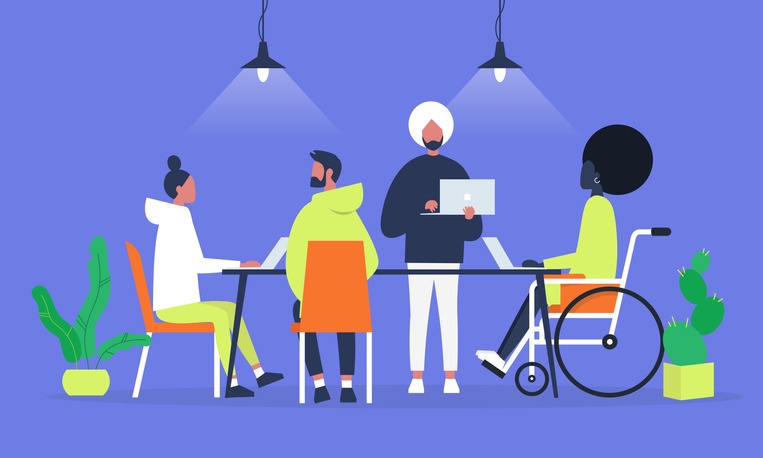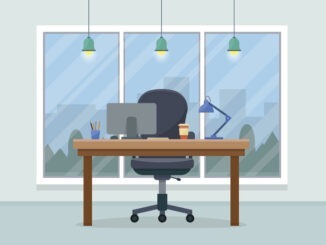
Did you know that an estimated 23% of working-age adults in the UK are disabled? Are you doing enough to manage the health and safety of your disabled employees?
CREDIT: This is an edited version of an article that originally appeared on Work Happy
According to the Equality Act 2010, an individual is classed as disabled if they have a physical or mental impairment that has a substantial and long-term (12 months or more) negative effect on their ability to do normal daily activities. These activities can affect their ability to work. For instance, using a computer or other DSE, writing, or communicating with other people.
While some conditions are visible, there are many that may not be immediately apparent, such as chronic illnesses, mental health problems, or neurodivergence. To avoid discrimination in all forms, it’s important to acknowledge both visible and hidden disabilities in the workplace.
Disability rights in the workplace
You’re responsible for making sure your workers with disabilities aren’t disadvantaged when doing their jobs. This will likely involve some reasonable adjustments. And these adjustments can come in all shapes and sizes depending on their disability.
They might apply to the individual’s physical environment, equipment or the hours they work, to name just a few areas. As long as it’s deemed within reason, you have a legal obligation to make changes that will enable them to do their job safely, comfortably and productively.
What is disability inclusion in the workplace? And why it’s so important
Taking the phrase literally, you could easily assume that disability inclusion equates to including disabled people in the workspace — but it’s not that simple.
Disability inclusion is about creating a space where these individuals can realise their full potential. With any obstacles putting them at a disadvantage kept to an absolute minimum, these employees should feel welcome, appreciated and truly valued for the work that they do.
An inclusive workplace will ensure everyone can access the same spaces and opportunities just as easily. It’s not just important in terms of fairness for these employees. Making the most of your whole team’s strengths will massively benefit your business’ output and make work a happier place for everyone.
How can disability barriers be overcome in the workplace?
It starts with recruitment and ensuring equal opportunities for all. Are your application forms and job descriptions truly accessible? If you aren’t already, offering large print and screen reader-compatible documents is a step in the right direction. You also need to assess how prepared you are to make adjustments to interview processes.
Providing unconscious bias training for all employees is hugely important. Increasing disability awareness in the workplace should get everyone on board with supporting one another and educate on how some well-intentioned approaches can sometimes be deemed as patronising or unnecessary.
It’s also essential to provide your managers with extra support. They’re the ones who will be working directly with employees. They should be well-equipped to have ongoing conversations about the support their teams require and have the tools to implement what’s needed.
Supporting team members with disabilities: practical advice
In addition to the above, there are some areas you can assess to make your workplace more disability inclusive. You might be aware of some individuals’ disabilities, meaning they’re easier to respond to, but there’ll also be workers with challenges you’re yet to learn about, and the possibility of attracting new talent. So, taking practical steps towards a more generally accessible workplace is necessary, too.
An audit of how accessible your facilities are is a good first step. Check that parking spots, bathrooms and toilets can be easily used by those with mobility issues. If you have an employee with mobility issues, also carry out checks on any other offsite locations they work at.
Neurodivergent employees may also struggle to work in certain environments, with bright lights and loud noises being a couple of potential challenges. Offer natural lighting, quiet spaces and noise-cancelling headphones to all employees to minimise this.
These are just a few suggestions, when there’s a huge variety of different disabilities and individuals with their own requirements.
To reiterate, it’s always best to speak to employees about their specific needs where possible. And this doesn’t mean singling out those with obvious disabilities. Check in with your whole team on an individual basis and see if there’s any more that can be done for them to work at their best.


Be the first to comment